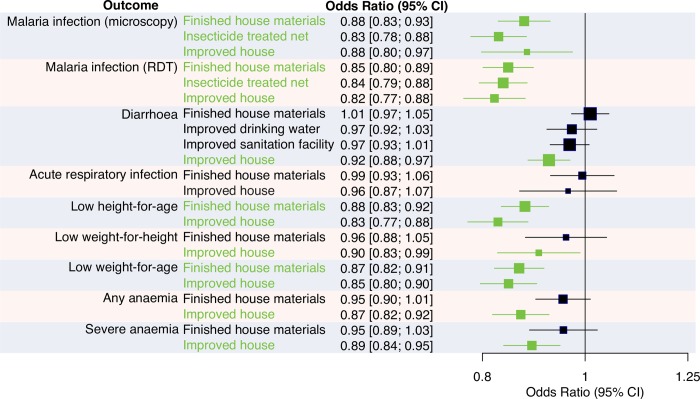Fig 3. Association between housing conditions and health in children aged 0–5 years in sub-Saharan Africa.
Data are from 824,694 children surveyed in 54 Demographic and Health, 21 Malaria Indicator, and two AIDS Indicator Surveys conducted between 2001 and 2017 in 33 countries. Houses built with finished materials were those with at least two of three of the wall, roof, and floor made from finished materials (e.g., parquet, vinyl, tiled, cement, or carpet floor), rather than natural or unfinished materials (e.g., earth, sand, dung, or palm floor). Improved houses were those with improved water and sanitation, sufficient living area, and finished building materials. For comparison, insecticide-treated bed net use is included for malaria infection, and type of water source and sanitation facility are included for diarrhoea. The pooled reduction in odds of each outcome is shown to the left of the vertical line representing the null value. Odds ratios are adjusted for a suite of covariates defined a priori, including age, gender, vaccination coverage, and household characteristics (S3 Text), as well as geographic cluster. Summary effects are from random-effects analysis. Error bars show 95% CIs, and green colouring shows p < 0.05. CI, confidence interval; RDT, rapid diagnostic test.

